Description
Experience of using FBP bus adapter in intelligent motor controller:
(1) Fieldbus can save a lot of costs
From the installation stage, only one communication cable is used to provide power and communication to the entire network. Compared with the point-to-point control method, a large number of cables, bridges, etc. are saved, which not only shortens
the installation time, but also reduces the cost. installation fee.
From a control point of view, the use of network communication and “soft” I/O methods saves I/O modules, especially analog modules. For example, for workstations such as intelligent motor controller UMC22 or frequency converters, start/stop, start mode,
acceleration/deceleration and other commands; parameters such as voltage, current , temperature, running time, etc. can all be realized from bus network communication.
(2) The equipment failure rate is greatly reduced, diagnosis is convenient, and elimination is rapid.
Because the FBP system uses only one communication cable to control the entire equipment network, the equipment failure rate is greatly reduced. The use of data communication to control each station not only greatly reduces the number of cables
in the traditional point-to-point method, but also greatly reduces fault links and further improves system stability.
The centralized control of the motor through the FBP system is very effective, which greatly facilitates the diagnosis of equipment faults. For example, when a certain intelligent motor controller UMC22 fails, not only can the alarm information be seen in the
central control room, but the alarm information can also be obtained from the operation panel of the UMC22, which is convenient and fast.
Engineering practice shows that 80% of bus faults occur in the bus cable itself, and the FBP system provides pre-installed cables with metal contacts to minimize the possibility of faults caused by cable problems.
(3) System monitoring is more convenient and intelligent.
The FBP system makes it more convenient for operators to access the working status of field stations and adjust control parameters at any time. Such as motor current, temperature and other parameters to ensure the normal operation of the motor.
(4) Plug and play (P&P) system expansion.
Because FBP adopts a “hand-in-hand” connection method, users can expand and insert the required monitoring objects in any link as needed.
Application 2 of ABB FBP bus adapter in intelligent motor controller:
Figure 5 Application of FBP and PDQ22 in smart motors
In Figure 5, the FBP system uses the PDQ22 device integrated with the Profibus protocol. Profibus and other fieldbuses use the standard RS 485 method. Each segment is limited to 32 master/slave stations. If more devices need to be connected, additional
devices are required. relay. Using PDQ22, you can connect 4 devices each to the Profibus DP bus, but as a node in the bus, you can save the number of bus nodes. Has the following characteristics:
Up to 4 FBP adapters can be used at one bus node;
Reliable system concept: detect equipment faults and indicate bus and equipment status;
Simple system integration: free access to parameters, operating and diagnostic data of connected devices; integrated maintenance management.
5. ABB FBP bus adapter is used in software configuration of intelligent motor controllers
PS501 programming software is used in this system. It uses ABB Codesys V2.3 programming software as the development environment, complies with the international standard of ICE61131-3, and can support statement list (IL), ladder diagram (LD),
and function block (FBD). , Sequential Function Chart (SFC), Structured Text (ST), and Continuous Function Chart (CFC) six programming languages. The complete setup of the AC500 system can
be completed, including all fieldbuses and interfaces, as well as comprehensive diagnostic functions, alarm handling, integrated visualization functions and open data interfaces.
Figure 6 FBP bus adapter configuration diagram in PS501 software
Figure 7 UMC22 monitoring interface (PS501 visualization function)
Excitation system ABB module NTAI06
Excitation system ABB module NTAI05
Excitation system ABB module NTAI05
Excitation system ABB module NTAI05
Excitation system ABB module NTAI04
Excitation system ABB module NTAI03
Excitation system ABB module NTAI02
Excitation system ABB module NTAI02
Excitation system ABB module NTAI01
Excitation system ABB module NTAC-02
Excitation system ABB module NTAC-02
Excitation system ABB module NTAC-02
Excitation system ABB module NSTM01
Excitation system ABB module NSSM01
Excitation system ABB module NSSM01
Excitation system ABB module NSPS02
Excitation system ABB module NSPS01
Excitation system ABB module NSPM01
Excitation system ABB module NSIM01
Excitation system ABB module NSBM01
Excitation system ABB module NRIO02
Excitation system ABB module NRDO02
Excitation system ABB module NRDI01
Excitation system ABB module NRAO01
Excitation system ABB module NRAI01
Excitation system ABB module NRAI01
Excitation system ABB module NQRS02
Excitation system ABB module NQRC01
Excitation system ABB module NPTM01
Excitation system ABB module NPSM04
Excitation system ABB module NPSM02
Excitation system ABB module NPSM01
Excitation system ABB module NPSI04
Excitation system ABB module NPSI03
Excitation system ABB module NPSI02
Excitation system ABB module NPOW-42C
Excitation system ABB module NPIM01
Excitation system ABB module NPEP04
Excitation system ABB module NPEP03
Excitation system ABB module NPEP02
Excitation system ABB module NPEP01
Excitation system ABB module NPCT-01C
Excitation system ABB module NPBS01
Excitation system ABB module NPBA-12
Excitation system ABB module NMTU-21C
Excitation system ABB module NMRT01
Excitation system ABB module NMPP02
Excitation system ABB module NMPC01
Excitation system ABB module NMFP03
Excitation system ABB module NMFP01
Excitation system ABB module NMFC05
Excitation system ABB module NMFC04
Excitation system ABB module NMFC03
Excitation system ABB module NMFC02
Excitation system ABB module NMFC01
Excitation system ABB module NLSM02
Excitation system ABB module NLSM01
Excitation system ABB module NLMM02
Excitation system ABB module NLMM01
Excitation system ABB module NLIS01
Excitation system ABB module NLIM02
Excitation system ABB module NKTU11-8
Excitation system ABB module NKTU11-24
Excitation system ABB module NKTU11-20
Excitation system ABB module NKTU11-17
Excitation system ABB module NKTU11-16
Excitation system ABB module NKTU11-15
Excitation system ABB module NKTU11-13
Excitation system ABB module NKTU11-12
Excitation system ABB module NKTU11-11
Excitation system ABB module NKTU11-10
Excitation system ABB module NKTU11-09
Excitation system ABB module NKTU02-9
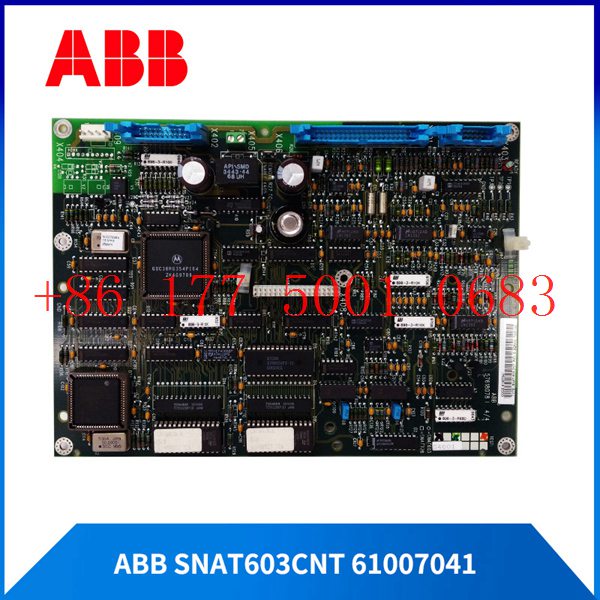
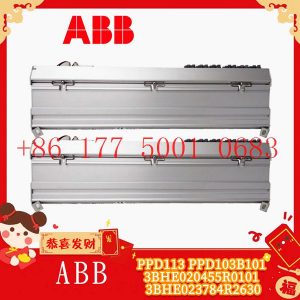
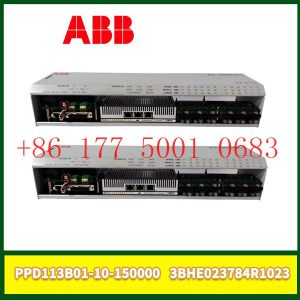
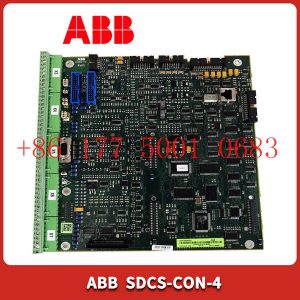
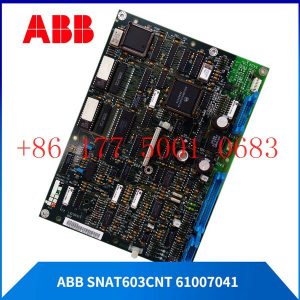




Reviews
There are no reviews yet.